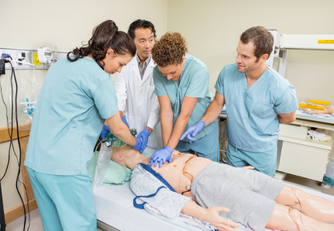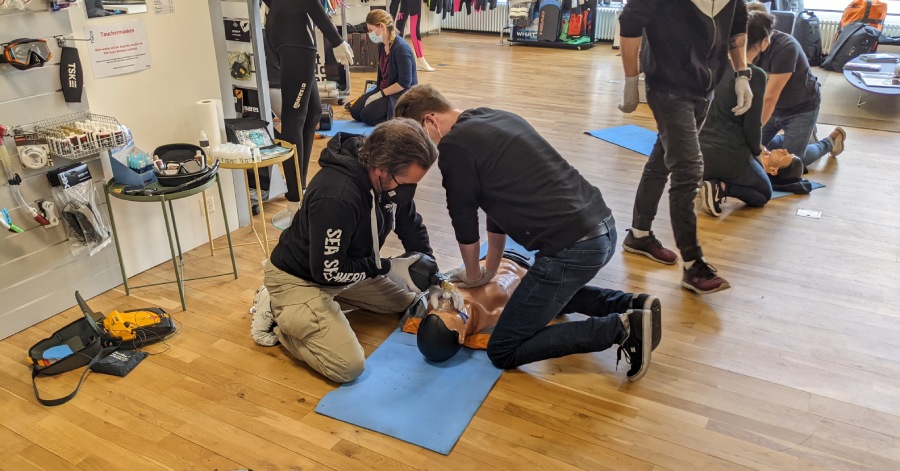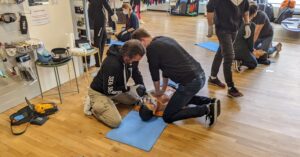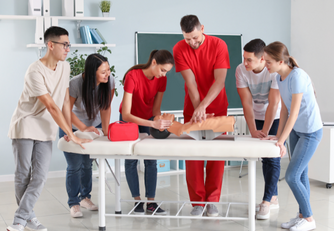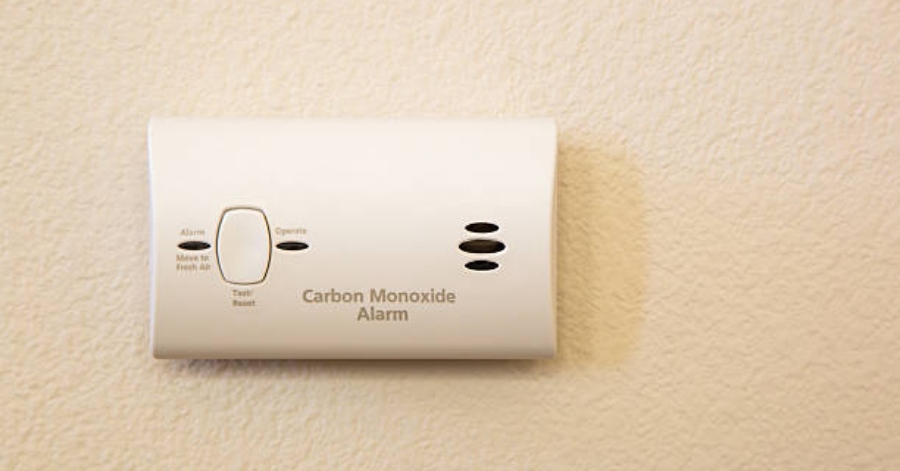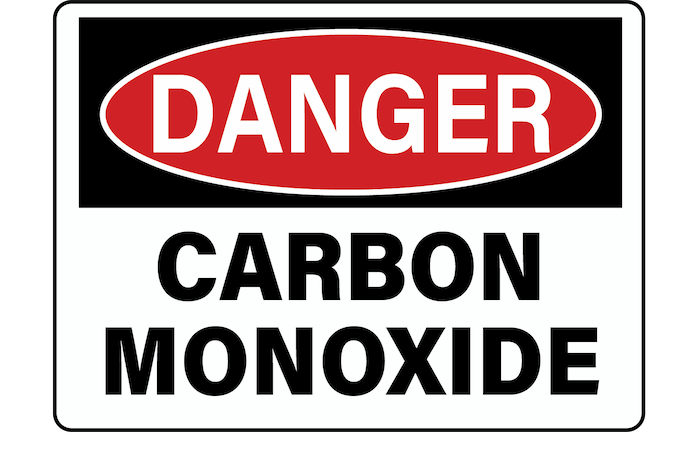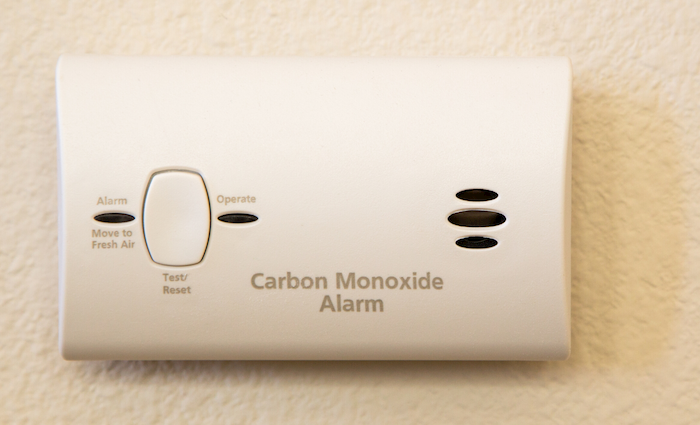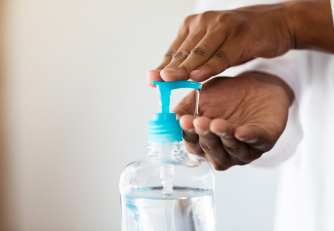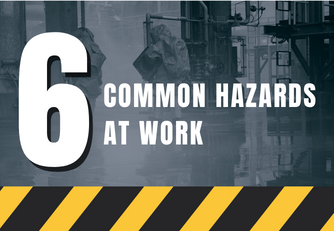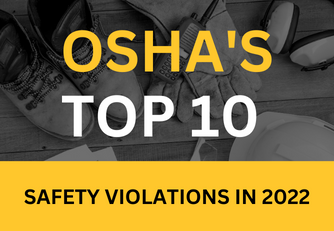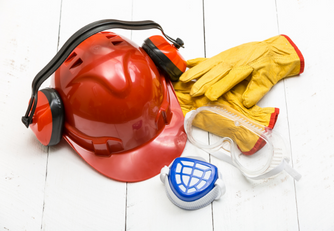In today’s world, hand sanitizers have become a familiar sight in our daily lives. They’ve earned a place in our homes, workplaces, and public spaces, especially during the COVID-19 pandemic. While hand sanitizers offer convenience and cleanliness, it’s crucial to recognize that they aren’t entirely without their share of potential risks and hidden dangers.
Despite their apparent simplicity, hand sanitizers can conceal hazards that deserve our attention. From skin irritations to accidental ingestions and concerns about long-term effects, the widespread use of these sanitizing solutions has raised questions about their safety.
This comprehensive guide aims to unveil the less obvious aspects of hand sanitizers, exposing potential risks and side effects associated with their frequent use. Our objective is to empower you with the knowledge needed to make informed decisions regarding hand sanitizer usage. By grasping these nuances, you can ensure that your commitment to cleanliness doesn’t inadvertently jeopardize your overall well-being.
Join us on a journey through the world of hand sanitizer hazards, exploring critical factors like the ingredients that merit scrutiny and the precautions you can take to safeguard yourself and your loved ones in an increasingly sanitized world.
Understanding the Risks: Hand Sanitizer Ingredients and Side Effects
When we think of hand sanitizers, it’s easy to overlook the key ingredient that makes them effective: alcohol. While alcohol-based hand sanitizers have been a vital tool in our battle against germs, understanding their composition and potential side effects is essential for ensuring both cleanliness and safety.
Alcohol as the Hero and Potential Hazard
Alcohol, particularly ethanol or isopropanol, is the active ingredient in most hand sanitizers. Its effectiveness in killing germs is well-documented, making it a go-to choice for sanitation. However, it’s important to recognize that alcohol is flammable, and this property can pose a risk, especially in certain situations.
Fire Safety Precautions
Alcohol-based hand sanitizers are generally safe when used as intended. However, when exposed to open flames, they can ignite. This is why it’s crucial to exercise caution when handling hand sanitizer products, particularly in environments where fire safety is a concern. Keep them away from open flames, heat sources, and smoking areas.
Balancing Cleanliness and Caution
While the benefits of alcohol-based hand sanitizers in maintaining hygiene are clear, understanding their potential risks adds a layer of responsibility. It’s essential to use them in moderation, apply them to dry hands (since wet hands can dilute the alcohol), and follow recommended guidelines for application.
A Holistic Perspective on Safety
In our journey through hand sanitizer hazards, we have found it’s crucial to adopt a holistic perspective. Recognizing the role of alcohol as a potent germ killer and a potential fire hazard allows us to strike a balance between cleanliness and caution. It’s not about avoiding hand sanitizers altogether; it’s about using them wisely and responsibly.
By understanding the composition of alcohol-based hand sanitizers and the importance of fire safety, you’re better equipped to navigate the world of hygiene products with confidence. In the quest for cleanliness, knowledge truly is power.
Safety First: Navigating Hand Sanitizer Labels for Your Well-being
Hand sanitizer labels may seem like a maze of chemical jargon and warnings, but understanding them is vital for your safety. Let’s unravel the intricacies of hand sanitizer labels, ensuring that you can confidently make informed choices when using these products.
The Role of Isopropyl Alcohol and Ethanol
Hand sanitizers typically contain either isopropyl alcohol or ethanol, both of which are effective in eliminating germs and viruses when used correctly. However, it’s crucial to recognize that these alcohols are also flammable liquids, which means taking precautions is paramount.
Beware of Flammability
One common feature on hand sanitizer labels is a warning about flammability. This is not to be ignored. Alcohol-based hand sanitizers are inherently flammable, so always keep them away from open flames, heat sources, or areas where smoking occurs. Practicing fire safety when using these products is a non-negotiable aspect of their safe use.
Poison Control Information
Another critical element on hand sanitizer labels is the contact information for poison control centers. While hand sanitizers are not typically considered poisonous, accidental ingestion, especially of products with a high alcohol content, can be harmful. It’s essential to know where to seek help in case of such an incident.
Disease Control Compliance
Hand sanitizer labels may also provide information about the product’s effectiveness against specific pathogens. This information is usually based on guidelines from disease control authorities and helps you understand how well the sanitizer can protect you from potential threats.
Your Guide to Safe Hand Sanitizer Use
Interpreting hand sanitizer labels is ultimately about your safety and well-being. By grasping the role of isopropyl alcohol and ethanol, respecting flammability warnings, and being aware of poison control information, you can confidently incorporate hand sanitizers into your hygiene routine.
While these products are crucial in our battle against germs, handling them with care and following usage instructions is essential. By doing so, you not only protect your health but also contribute to a safer and cleaner environment.
Homemade Hand Sanitizers: A Risky Business or a Safe Alternative?
In the quest for hand hygiene, some individuals turn to homemade hand sanitizers as an alternative. While the idea of crafting your own hand sanitizer may seem appealing, it’s crucial to approach it with caution. Homemade formulations can vary significantly in their effectiveness and safety.
Moreover, the use of improper ingredients or incorrect proportions can result in skin irritation or inadequate protection against germs. When it comes to hand hygiene, relying on professionally formulated hand sanitizers and dispensers is often the safest and most reliable choice. These products are carefully designed to strike the right balance between effectively killing germs and safeguarding your skin.
Recalled Hand Sanitizers: How to Dispose Safely and Protect Your Health
In recent times, certain hand sanitizers have been subject to recalls due to concerns about their safety and effectiveness. If you happen to have one of these recalled products, it’s vital to dispose of them safely to protect your health. Do not use them, as they may not effectively eliminate germs or could even pose health risks.
The best way to dispose of recalled hand sanitizers is to follow local hazardous waste disposal guidelines. Avoid pouring them down drains or toilets, as this can harm the environment. Instead, look for designated disposal sites in your area or contact local authorities for guidance. Prioritizing safety in the disposal of these products ensures you maintain your hand hygiene while safeguarding your health.
Emergency Situations: When Hand Sanitizer Poisoning Requires a 911 Call
While hand sanitizers are essential tools in maintaining hand hygiene, there can be situations where their improper use or ingestion can lead to adverse effects, including alcohol poisoning. If you suspect someone has ingested hand sanitizer or is experiencing severe adverse effects, such as skin irritation or nausea, it’s crucial to act swiftly. In cases of accidental ingestion, especially by children or vulnerable individuals, do not hesitate to dial 911. Alcohol poisoning can have serious consequences, and prompt medical attention is crucial. Remember, even though hand sanitizers are valuable in preventing illness, ensuring their safe use is equally vital.
Taking Care of Your Skin Amid Hand Sanitizer Risks
In our quest for proper hand hygiene, it’s essential not to overlook the well-being of our skin. Frequent use of hand sanitizers, especially those with a high alcohol content, can sometimes result in dryness or skin irritation. To strike a balance between effective hand hygiene and skin care, consider these tips.
Firstly, choose hand sanitizers that incorporate moisturizing agents to combat dryness. Secondly, whenever possible, opt for hand washing with soap and water, as it can be gentler on the skin. Lastly, if you notice skin irritation, consult a dermatologist for advice on suitable hand rubs or creams that can alleviate discomfort. Hand hygiene is vital, but it should not come at the expense of your skin’s health.




